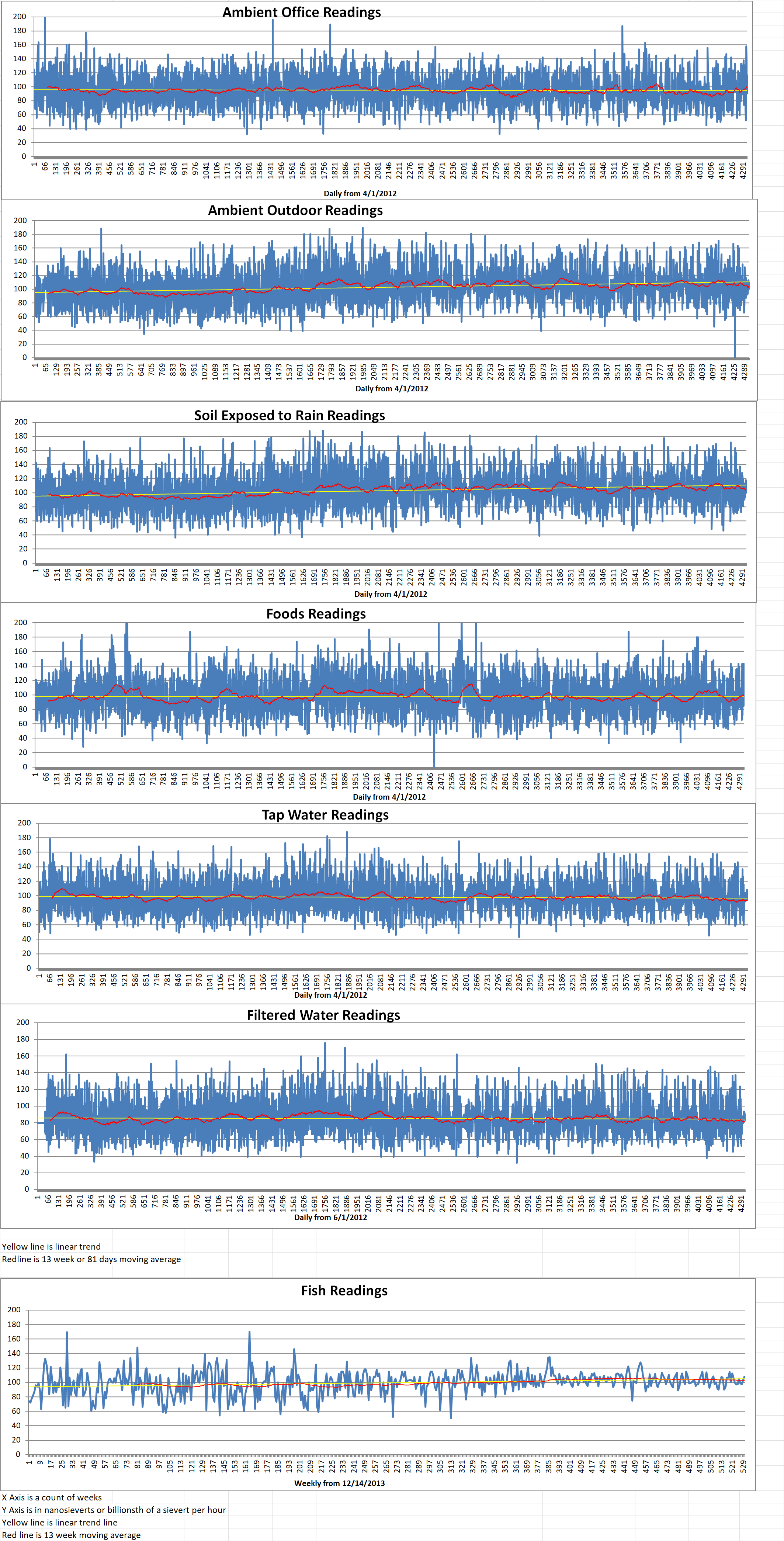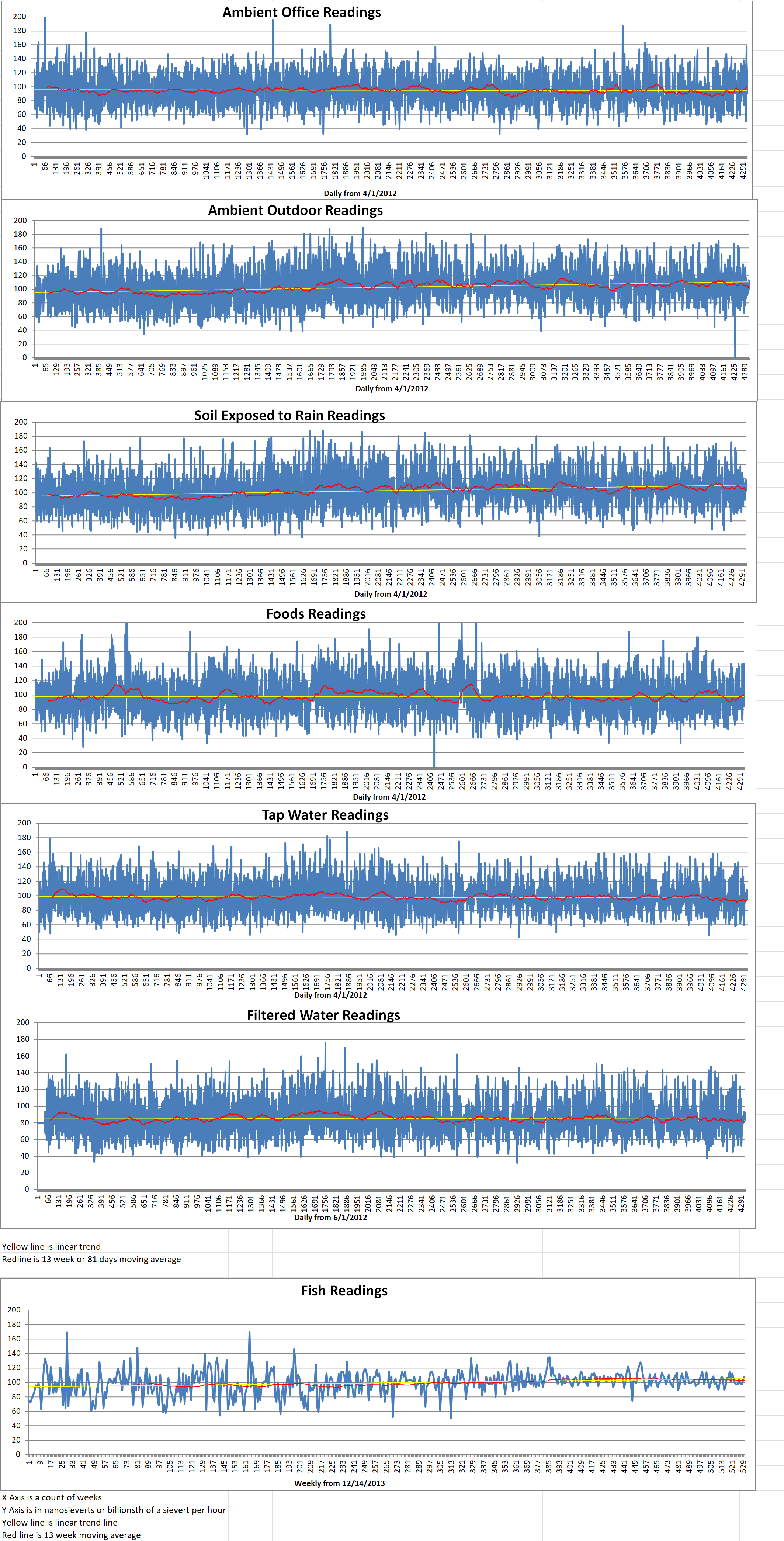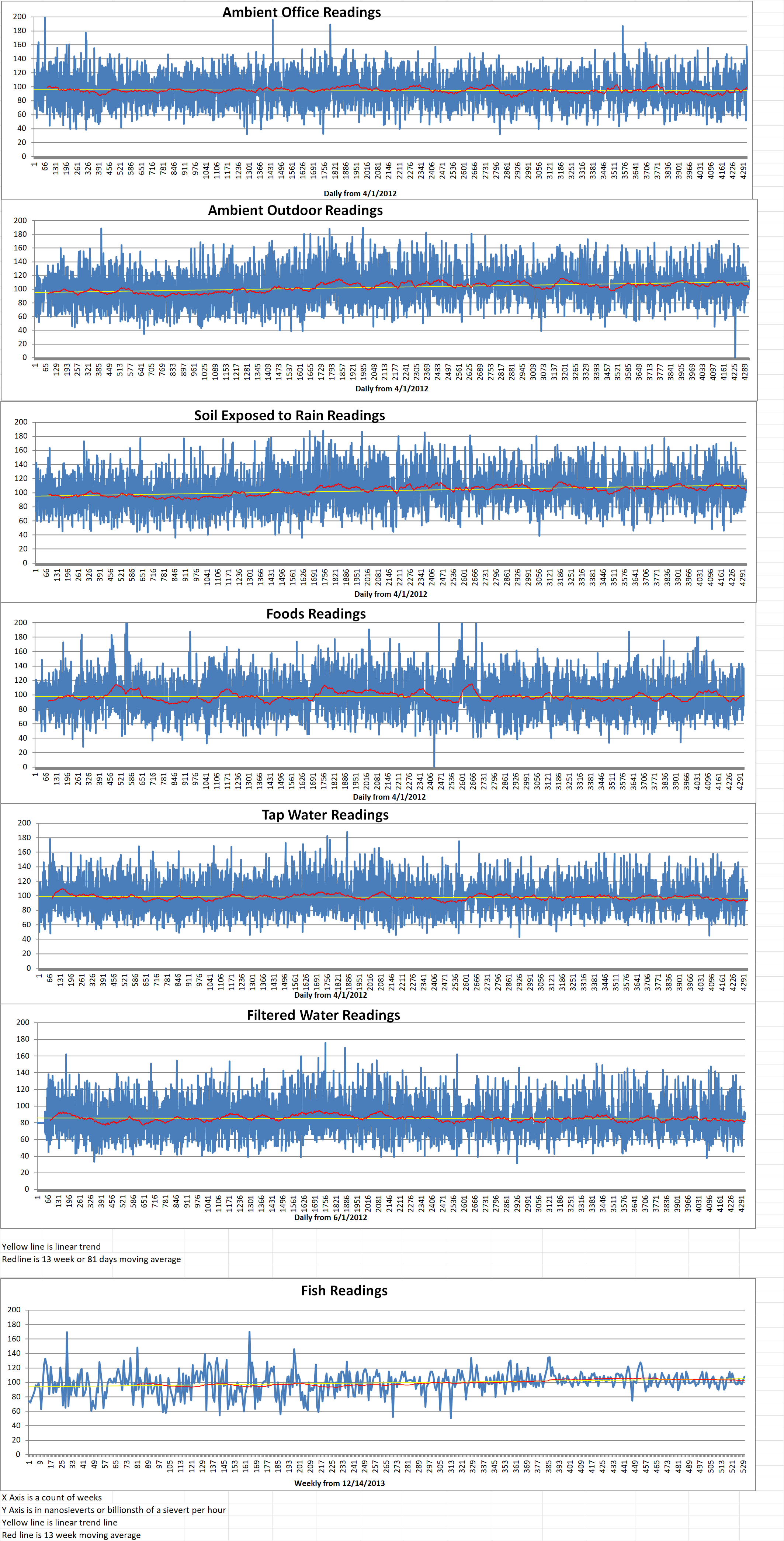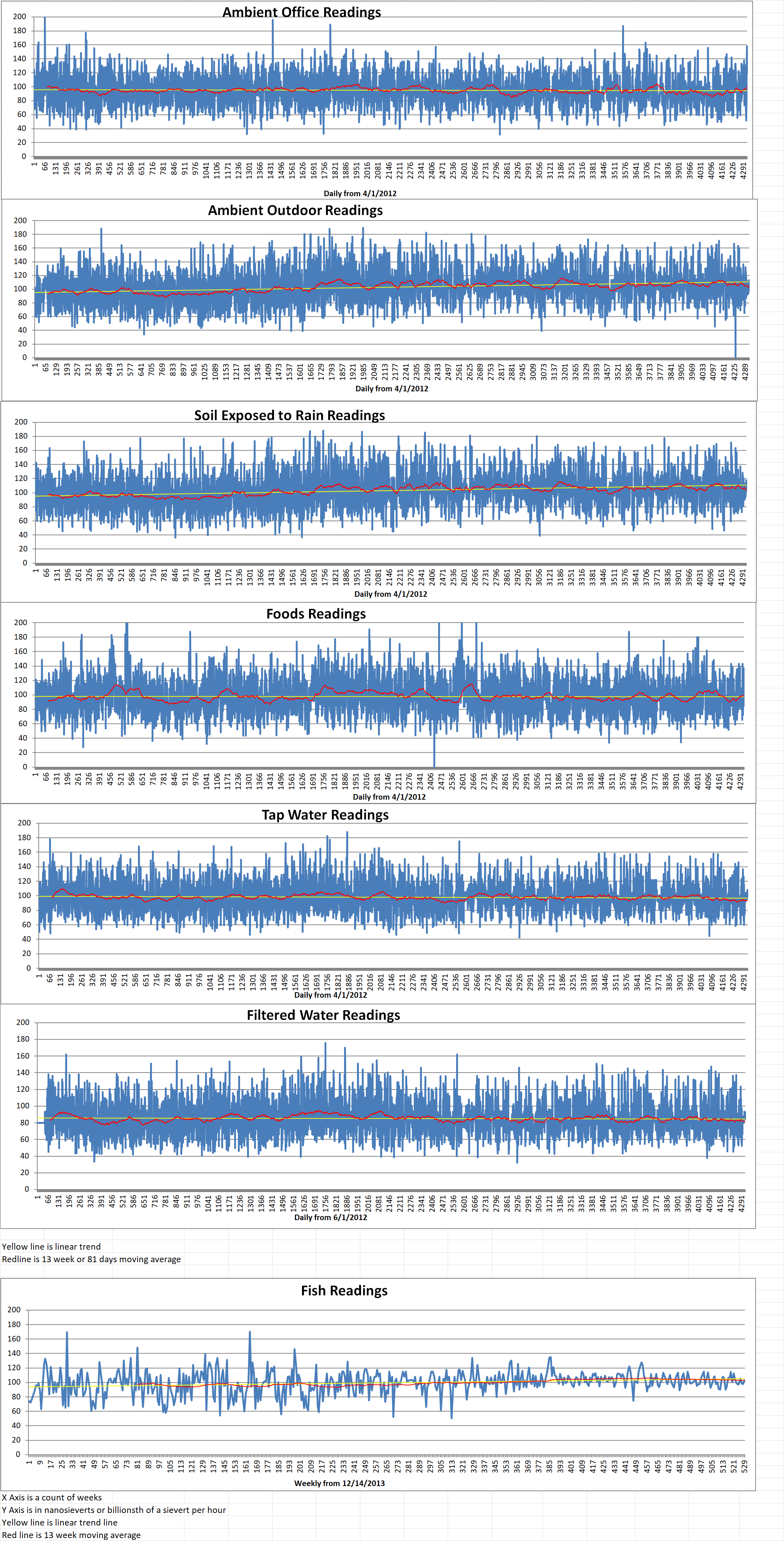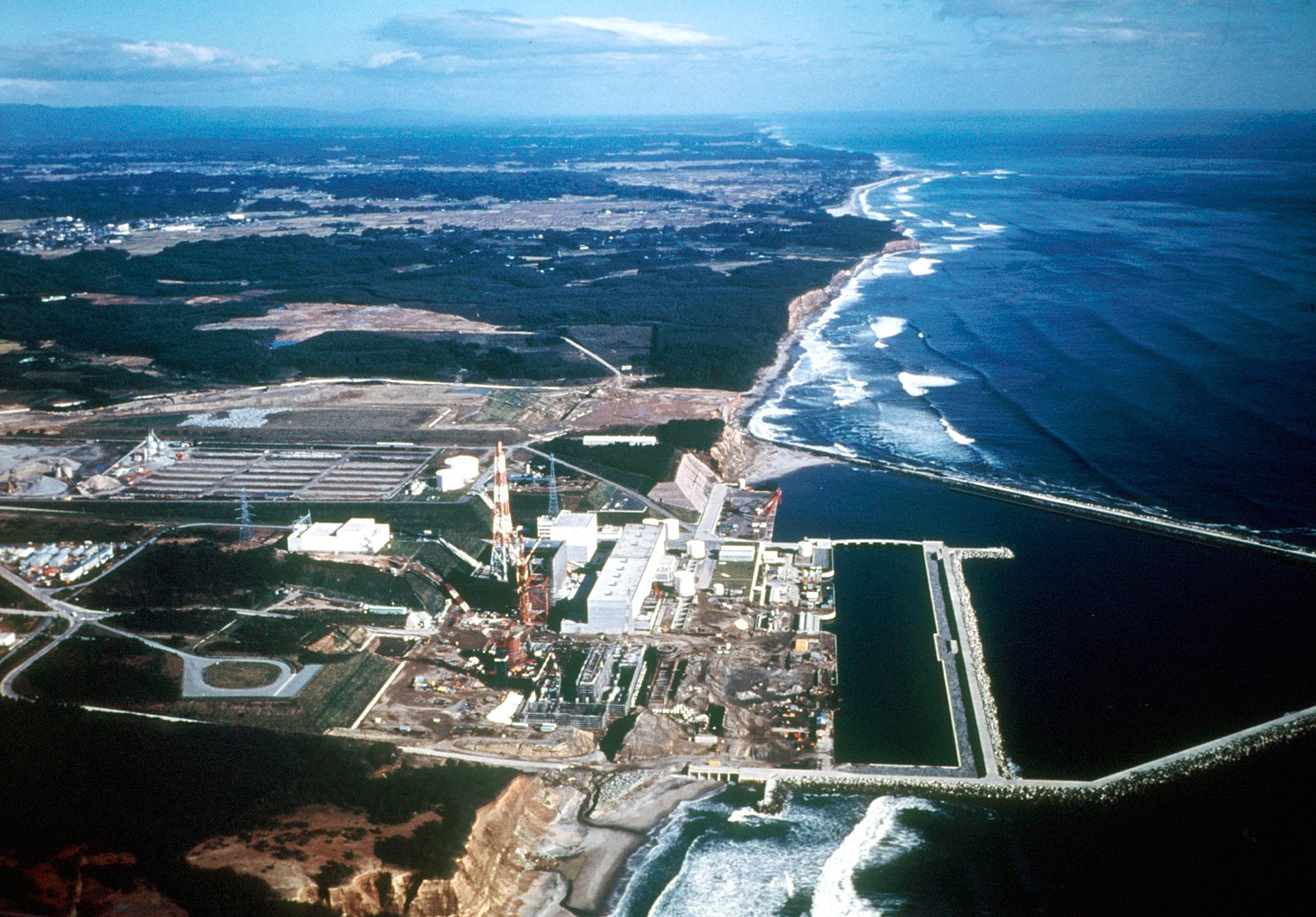Nuclear fusion is one of the most powerful nuclear reactions known. It is the process that powers the Sun and stars. It produces a very high-energy output. However, creating nuclear fusion in a laboratory is quite difficult because it requires extreme temperature and pressure conditions.
A recent study reveals a more practical alternative to nuclear fusion. It indicates that one-neutron stripping can produce similar or greater output than a fusion reaction. This is especially the case in low-energy regions close to the minimum energy threshold required for a nuclear reaction.
One-neutron stripping is a reaction during which a neutron from a moving atomic nucleus is thrown out as it hits another nucleus. It is similar to knocking a ball (neutron) out of a moving box (nucleus) when it hits another box. This leaves the moving box with one less ball (neutron). Compared to nuclear fusion, nuclear stripping is much simpler to achieve in the lab. These findings open a new and easier avenue for achieving our nuclear energy goals.
Jesús Lubián is one of the study authors and an associate professor at Brazil’s Fluminense Federal University. He said, “By better understanding the behavior of nuclei in these conditions, we can enhance our approaches to nuclear energy production and radiation therapy.”
One-neutron stripping is a one-neutron transfer reaction. The thrown-out neutron (from the moving nucleus) is absorbed by the target nucleus.
For decades, scientists have been studying the mechanism that leads to the transfer of neutrons in weakly bound nuclei. It is important to decode this mechanism because it can greatly improve our understanding of nuclear physics, including various nuclear reactions.
The study authors performed a revealing experiment for this purpose. They examined the one-neutron stripping process between Li-6 (a Lithium isotope) and Bi-209 (an isotope of Bismuth). Then they compared its output with that of the complete fusion reaction involving the same isotopes.
They utilized the GALILEO Array (a grammar-ray detector) in combination with the 4π Si-ball EUCLIDES (an advanced laser detector) to investigate gamma-ray emissions and detect charged particles during the reactions.
They also used a special method known as the gamma-gamma coincidence, to catalog different gamma rays identified in the one-neutron stripping. The researchers noted that “The gamma-gamma coincidence was crucial in isolating specific reaction channels, allowing the team to pinpoint the behavior of nuclei under different conditions with high accuracy.”
The results of neutron transfer between lithium and bismuth and revealed something surprising. In the above-mentioned reaction, the weakly bound Li-6 nucleus collides with the much heavier Bi-209 nucleus. The result of this interaction proves that one-neutron transfer is able to produce output similar to that of a full fusion reaction.
The authors of the study said, “One-neutron stripping process yields results comparable to those of complete fusion reactions especially in energy regions near nuclear barriers. Contrary to previous expectations, the results indicate that the one-neutron transfer plays a dominant role at lower energies, exceeding the output of fusion reactions.”
These results may unlock new opportunities for employing one-neutron transfer in areas such as nuclear energy research. The study authors added that “The process underscores the intricate and nuanced nature of nuclear reactions, providing a steppingstone for future scientific breakthroughs in nuclear science and technology.”

